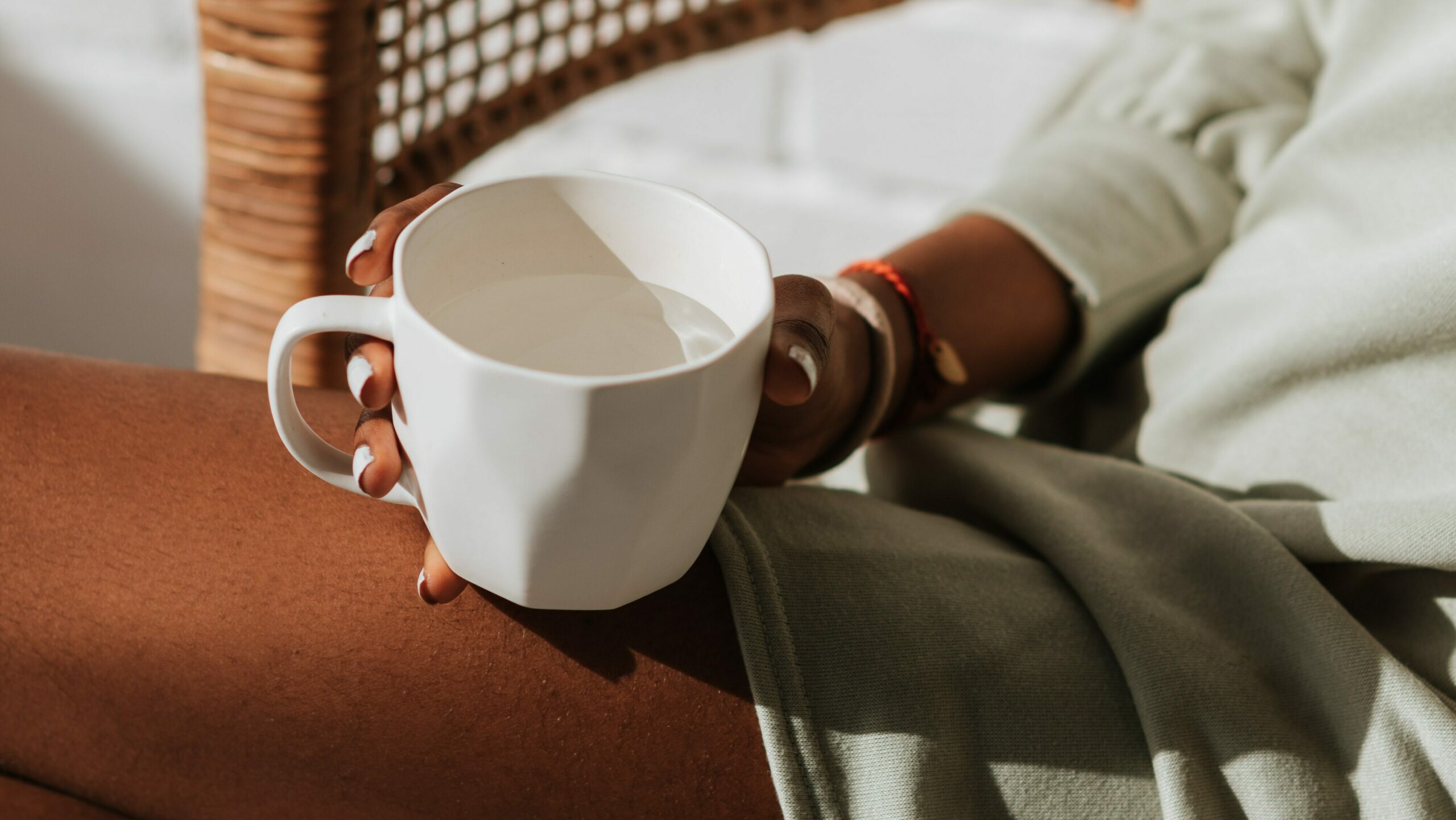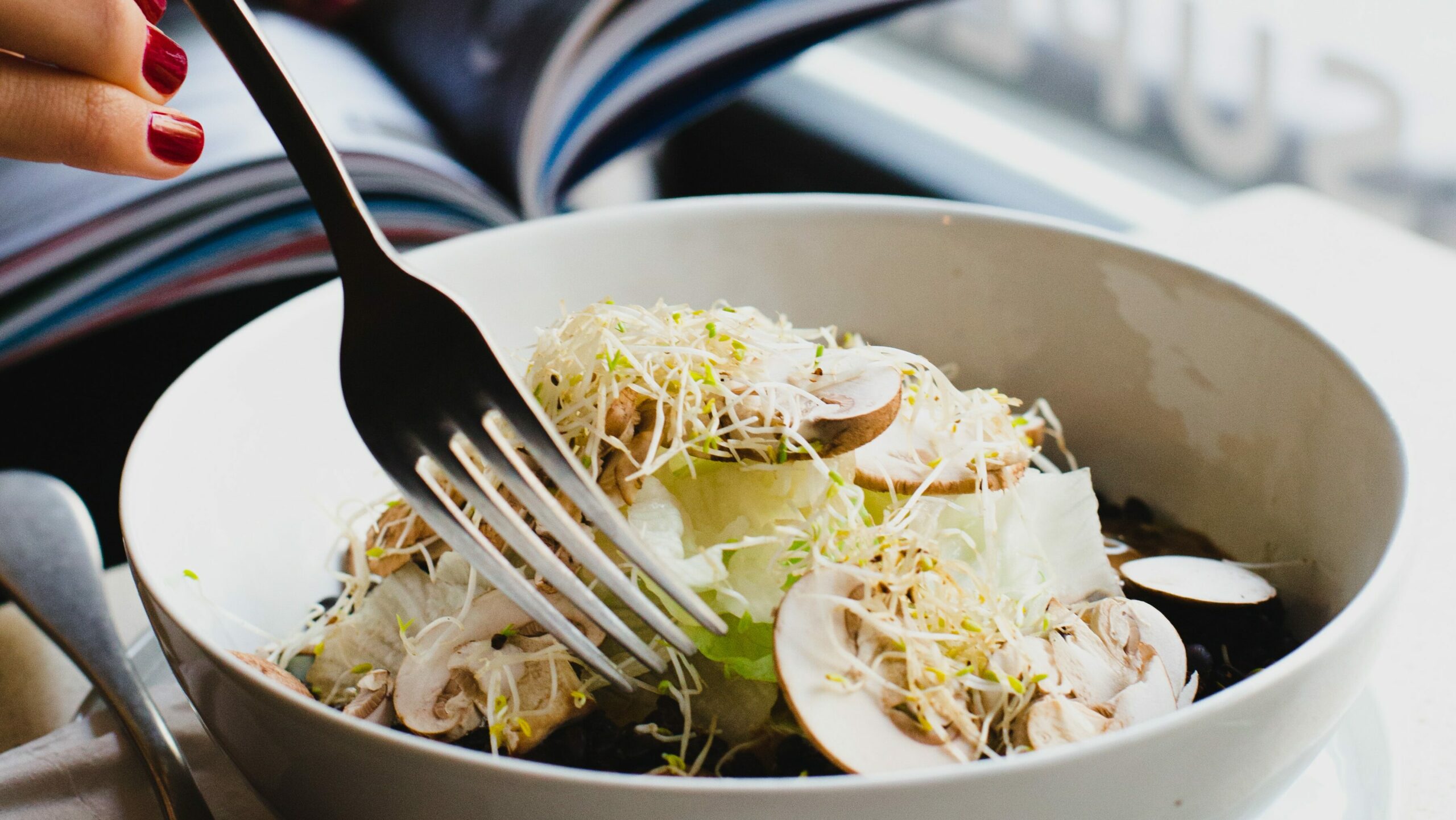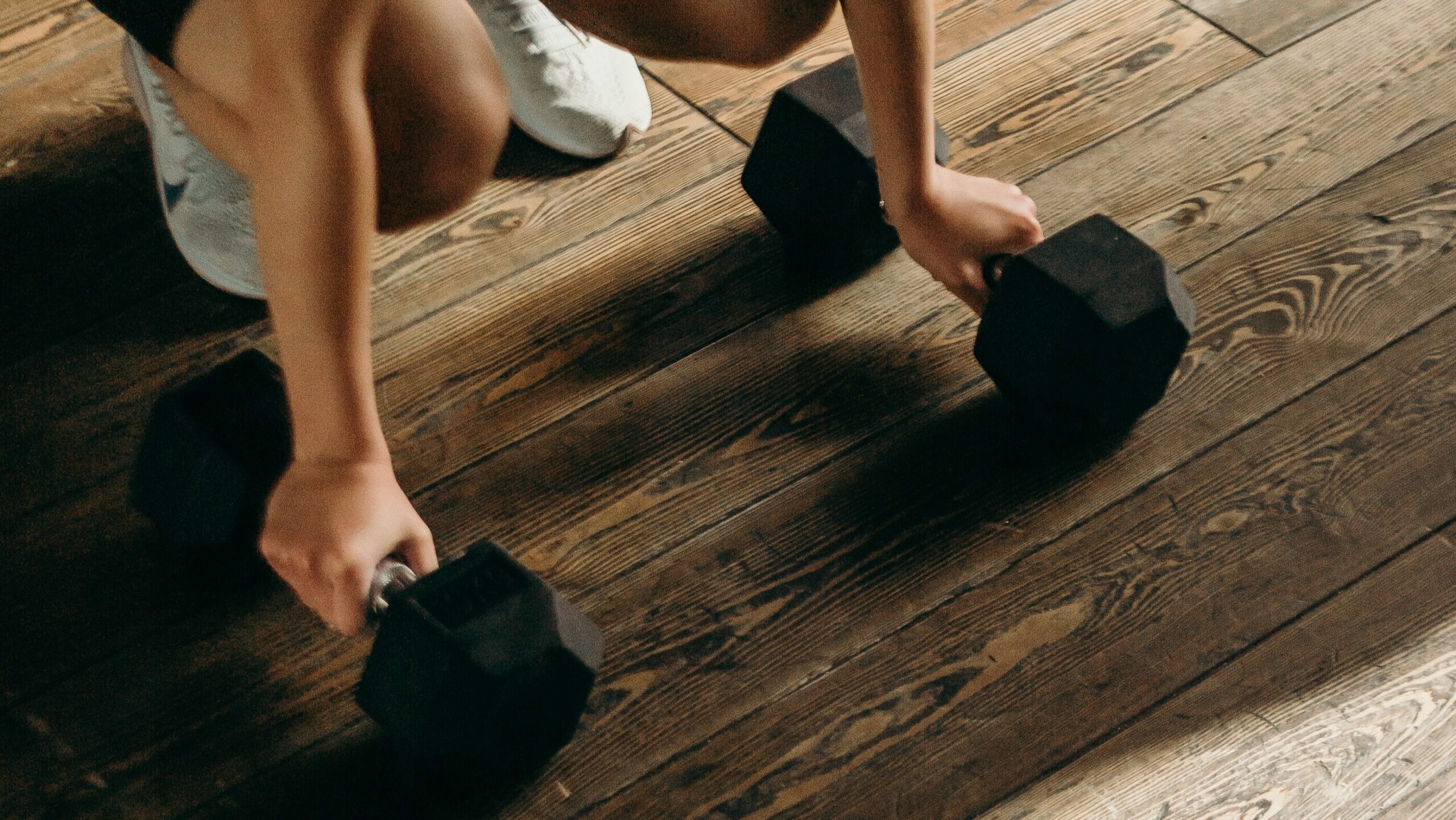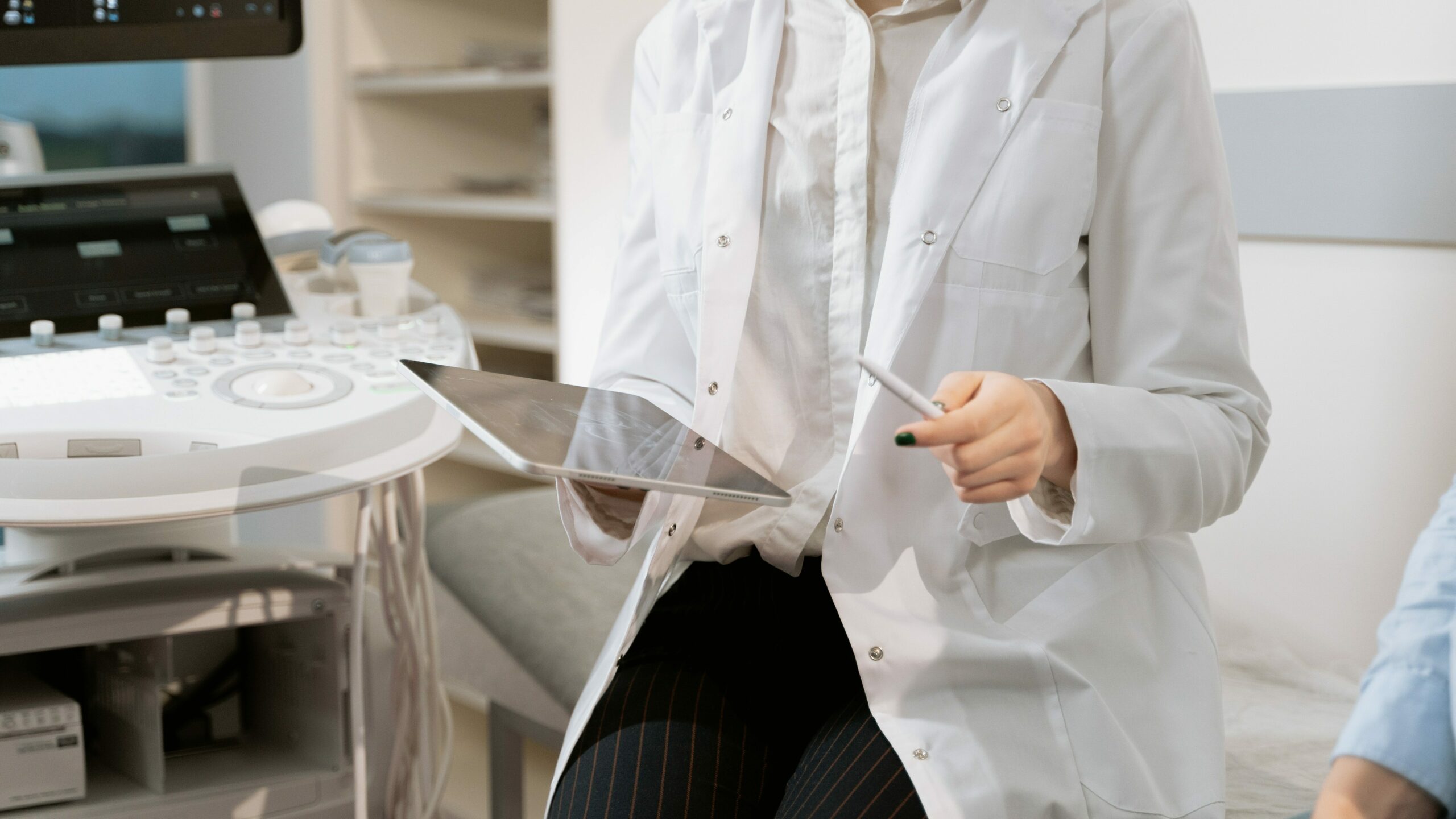
by Dr Sophie Genoni of Femma

Women are traditionally the primary carers for their babies and children. In fact, around 95% of parental leave is taken by mothers. Whilst it is encouraging to see more fathers take parental leave, the majority of the mental workload of the household tends to fall on the shoulders of women. On average, mothers spend 30 hours a week on household work and 27 hours a week on child care needs. This includes ensuring the health needs of the family are met, and this may often be prioritised over a woman’s own health needs.
Women are tasked with considering their family’s health needs right from the beginning of pregnancy. Much of the decisions made by a woman in pregnancy are primarily to ensure the health of the developing baby – from what medications she can and can’t take, to what she eats, and her mode of delivery. After a baby arrives, the shift then focuses on taking care of the baby’s needs. Understandably, many mothers may neglect their own health needs during their time as their focus is on their baby’s health. Traditional cultures often view child rearing as a collaborative responsibility, but unfortunately modern society is less conducive with women having their ‘village’ to help raise their child.
With women more commonly being the primary carer throughout the child years, they bear the mental load of ensuring their children’s health needs are taken care of, including vaccinations, dental checks, healthy eating and physical exercise. Anecdotally, it is most often a mother who brings their child to appointments at the GP.
Women may then find their attention to their own health needs is pushed further down the priority list once they return to work. Women in working roles report a high level of tension balancing work and family needs, with a subsequent reduction in their own physical and mental health. Whilst caring for their family’s needs should not be neglected, it can be helpful for mother’s to share this mental load with their partner. Equally as important, is that women find opportunities to address their own health needs.
Here are some starting points for women to begin to take charge of their own health needs.

Nutrition
Food gives our bodies the building blocks to function. Better nutrition is related to improved health for mother’s, including a stronger immune system, reduced risk of chronic disease and longer lifespan. Whilst suggesting a complete overhaul of a woman’s eating habits is not necessary, there are certain nutritional needs that can be important for women to consider:
– Iron is critical for our bodies to make the red blood cells that carry oxygen to our organs. Women are at higher risk of iron deficiency due to menstrual blood losses. The best source of iron is red meat, but it is also found in green leafy vegetables, some nuts and legumes and fortified breads and cereals.
– Calcium intake contributes to healthy bones and prevents osteoporosis. Post-menopausal women are at a higher risk of developing osteoporosis. It is recommended that women eat 3 serves of dairy per day. There are also non-dairy calcium sources for women who do not consume dairy.
– Fibre is important to prevent constipation, and can also reduce the risk of conditions such as heart disease and colon cancer. Fibre is found in wholegrain and vegetables.

Exercise
Parenting demands can contribute to a lack of opportunity for exercise. Around 40% of women do not participate in the recommended amount of physical activity per week. It can be helpful for women to view their physical activity as opportunities for movement throughout the day if structured exercise is difficult to schedule. This could include walking children to school, playing with children at the park, or catching up with a friend for a walk. Moderate intensity exercise (such as walking fast enough to feel puffed but still be able to chat), improves cardiovascular health. Weight-bearing activities and strength exercise help to prevent osteoporosis.

Vitamin D
Vitamin D is also important for osteoporosis prevention. Over 30% of Australian adults have low vitamin D levels. Vitamin D is produced in our skin when it is exposed to the sun, and in summer a few minutes a day on most days is usually adequate (in the Australian climate). Winter may require up to several hours a week of sun exposure. The mid-morning or mid-afternoon is the optimal time for exposure, to balance the risk of sun damage to the skin.

Health Screening
Breast cancer is the most commonly diagnosed cancer in females in Australia. Women are invited to participate in screening mammograms from the age of 50, due to breast cancer being more common over this age. However, some women with a strong family history of breast cancer may require screening at an earlier age. Women are encouraged to be breast aware and notice any changes to their breasts, such as lumps, skin changes, nipple changes or nipple discharge. Although most changes will not turn out to be cancer, any new changes a woman notices should be assessed further by their GP. A convenient time for women to check their breasts is in the shower, as well as looking in the mirror in the bathroom.
Cervical screening is an important health check for the early detection of changes that can lead to cervical cancer. Around 900 women are diagnosed with cervical cancer each year. The National Cervical Screening Program had major changes in 2017, which has resulted in the standard interval between screening increasing to 5 years. This is due to the screening now testing for the Human Papillomavirus (the underlying cause of cervical cancer) rather than just changes in the cells of the cervix. This change is positive, as not only is the new screening program more accurate, women will require less cervical screening examinations in their lifetime.
Much of these health needs can be addressed during a women’s health check with a GP. The advent of Telehealth and other digital health services such as Femma allows women to address their health needs from home without the scheduling constraints of traditional medical appointments. Other technology such as smart watches and apps also allow women to monitor and take charge of their own health.
References
Australian Institute of Health and Welfare. 2019. The health of Australia’s females (Accessed: https://www.aihw.gov.au/reports/men-women/female-health/contents/lifestyle-risk-factors/physical-activity)
Australian Institute of Family Studies. 2022. Work and family (Accessed: https://aifs.gov.au/facts-and-figures/work-and-family)
Better Health Channel. 2021. Healthy eating: Calcium. (Accessed: https://www.betterhealth.vic.gov.au/health/healthyliving/calcium#calcium-and-dairy-food)
Better Health Channel. 2015. Healthy eating: Nutrition – women’s extra needs (Accessed: https://www.betterhealth.vic.gov.au/health/healthyliving/nutrition-womens-extra-needs)
Better Health Channel. 2016. Keeping active: Physical activity for women (Accessed: https://www.betterhealth.vic.gov.au/health/healthyliving/physical-activity-for-women)
Beyond Blue. 2022. Mental health and the mental load (Accessed: https://coronavirus.beyondblue.org.au/COVID-normal/family-life/mental-health-and-the-mental-load)
Cancer Australia. 2021. Breast cancer awareness (Accessed: https://www.canceraustralia.gov.au/cancer-types/breast-cancer/awareness/breast-cancer-awareness)
Cancer Australia. 2022. Breast cancer in Australia statistics (Accessed: https://www.canceraustralia.gov.au/cancer-types/breast-cancer/statistics)
Cancer Australia. 2022. Cervical cancer in Australia statistics (Accessed: https://www.canceraustralia.gov.au/cancer-types/cervical-cancer/statistics)
Healthy Bones Australia. 2021. Vitamin D & Bone Health (Accessed: https://healthybonesaustralia.org.au/your-bone-health/vitamin-d-bone-health/)
Losoncz, Ibolya. 2011. Persistent work-family strain among Australian mothers. Family Matters (2011) 86: 79-89 (Accessed: https://aifs.gov.au/sites/default/files/fm86i.pdf)
Nutrition Australia. 2021. Fact sheets: Iron (Accessed: https://nutritionaustralia.org/fact-sheets/iron/#Which-foods-contain-iron?) |
Ruppanner, Leah et al. 2022. Planning, stress and worry put the mental load on mothers – will 2022 be the year they share the burden? (Accessed: https://findanexpert.unimelb.edu.au/news/37041-planning–stress-and-worry-put-the-mental-load-on-mothers-%E2%80%93-will-2022-be-the-year-they-share-the-burden%3F)
World Health Organisation. 2022. Health topics: Nutrition (Accessed: https://www.who.int/health-topics/nutrition)